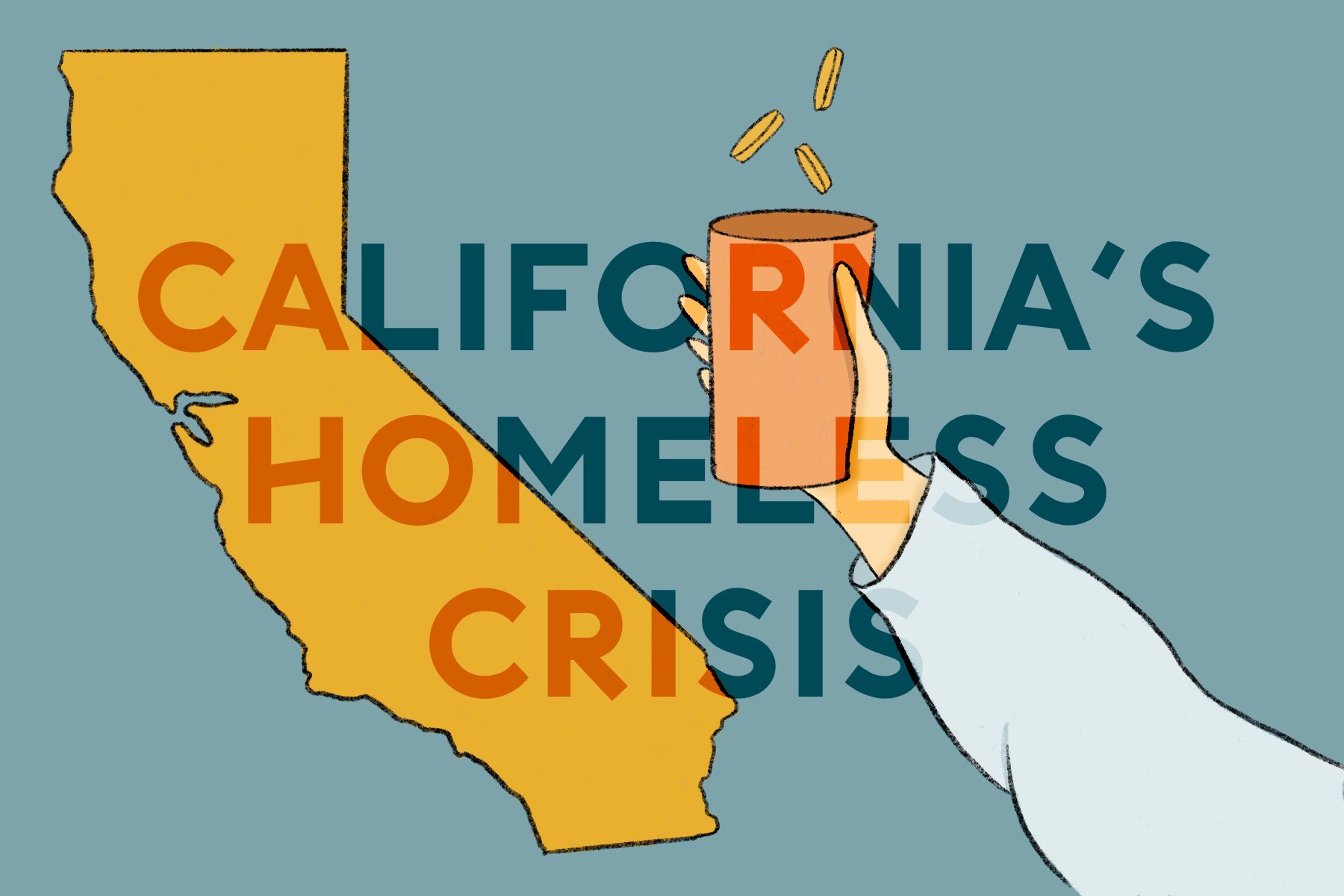San Diego City Tackles Homeless Crisis During Pandemic

As the world faces a global pandemic, health officials around the world are advising everyone to stay home, social distance, and wear masks. However, one can not stay home if they don’t have one to begin with. Between 2018 and 2019, California had a 16% increase in homelessness, bringing the total to over 151,000 people. Before COVID-19, San Diego County had plans that would prevent and decrease the homeless population. However, once the virus spread to California, city officials had to not only tackle the homelessness crisis, but also prevent the homeless from obtaining the virus.
On October 14, 2019, the San Diego Housing Commision and the Corporation for Supportive Housing formed the “City’s Community Action Plan on Homelessness,” a ten year plan that will decrease and prevent homelessness in San Diego. Their upcoming goals for the next three years include decreasing the unsheltered population by 50% and ending veteran and youth homelessness. Some of their key strategies are to “implement a systems-level approach to homelessness planning,” “decrease inflow through increase of prevention and diversion,” and “increase the production of/access to permanent solutions.”
Because of COVID-19, San Diego had to quickly find an effective solution to help both the sheltered and unsheltered homeless during the pandemic. On April 1, 2020, Mayor Kevin Faulconer, the San Diego Convention Center President Rip Rippertoe, and other city officials announced their project: “Operation Shelter to Home.” The project hopes to transform the convention center into a temporary homeless shelter. Like other shelters, it includes basic meals, showers, and laundry services. It also provides health services, Wi-Fi, and large screens for entertainment, work, and school. Both clients and staff get daily temperature checks, are required to wear face coverings, practice social distancing, and sanitize all surfaces regularly. If a person is tested positive, they will first go into isolation then will later move to one of the hotel rooms that are open to house the infected. As of August 17, only 18 people have tested positive out of the 6,084 people who took the test.
Although transforming the convention center into a shelter helped reduce the spread of the virus, the fix is only temporary. Eventually, COVID-19 will be contained and the convention center will go back to its original state. However, “Operation Shelter to Home” is not just about finding temporary homes. Its main goal is finding permanent homes for the homeless. Other programs that focus on finding permanent homes, such as the Landlord Engagement and Assistance Program, allow landlords to rent out their units to the homeless. So far, LEAP has helped 3,832 individuals find new homes.
These programs have shown a noticeable difference in the San Diego homeless population. In a recent survey by the Regional Task Force on the Homeless, there has been a 12% decrease in the unsheltered homeless population and a 5% increase in the sheltered population. The 5% increase is a positive sign, suggesting that more people are getting connected with these services. Because of these programs, San Diego has taken a big step forward in tackling the homeless crisis.
Vivian is a former staff writer for The Talon. She’s very interested in psychology and is hoping to major in it and become a clinical psychologist one day. When she’s not busy, she loves to read, embroider, and watch Korean dramas.







